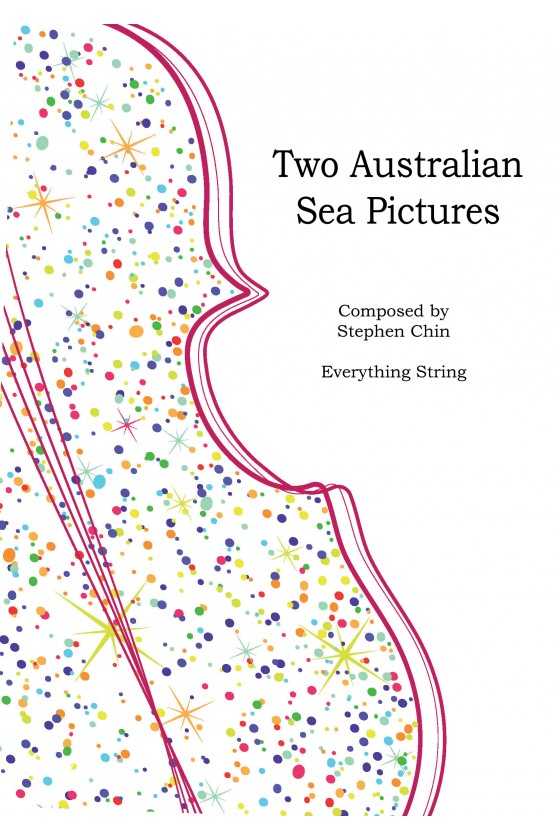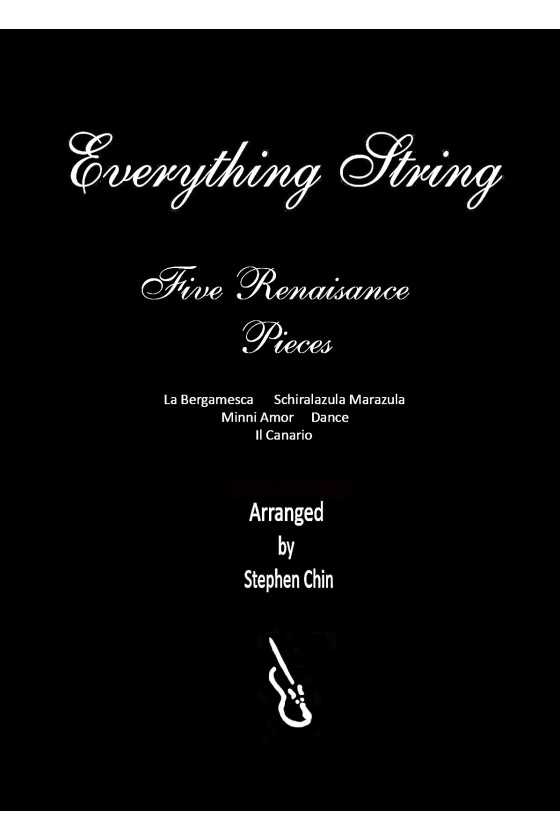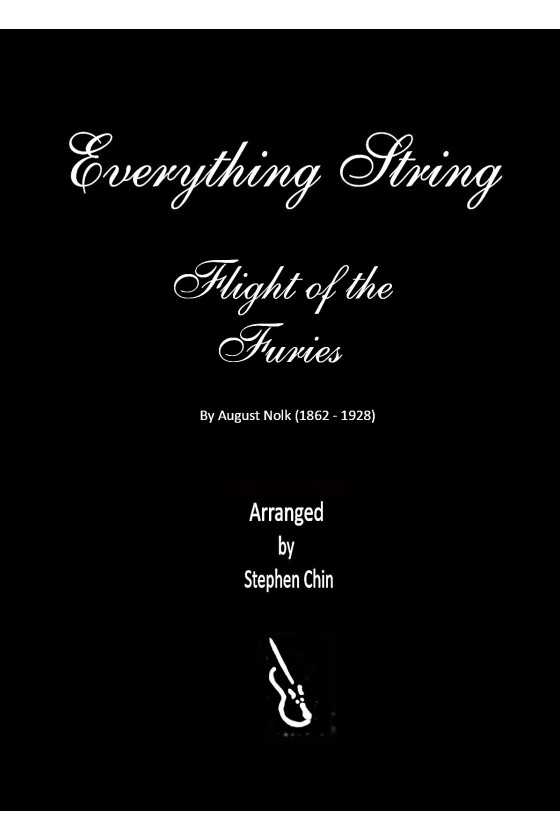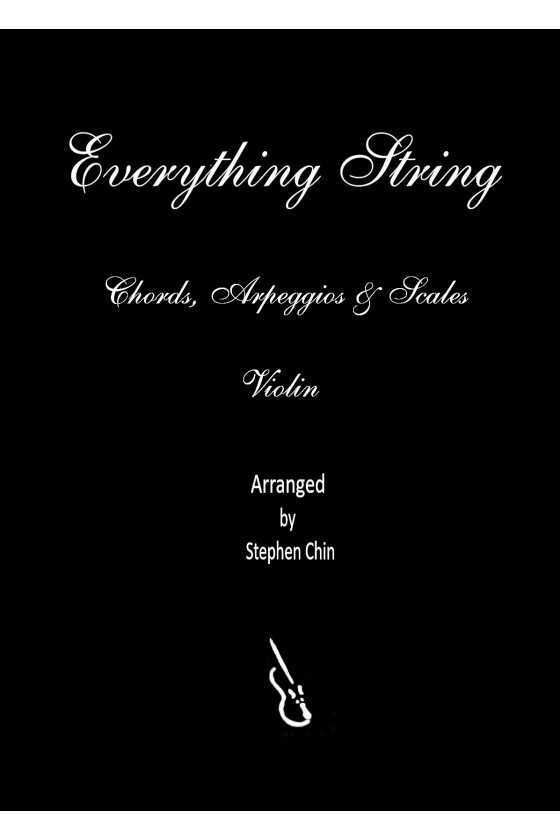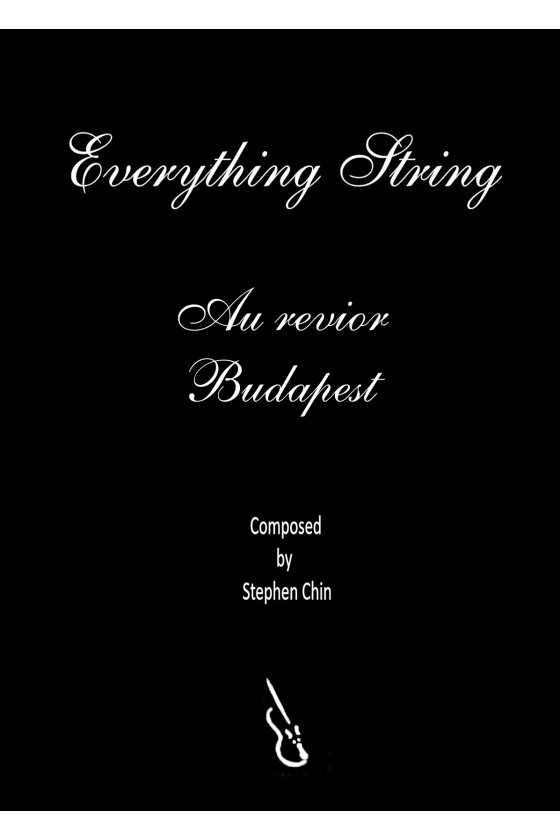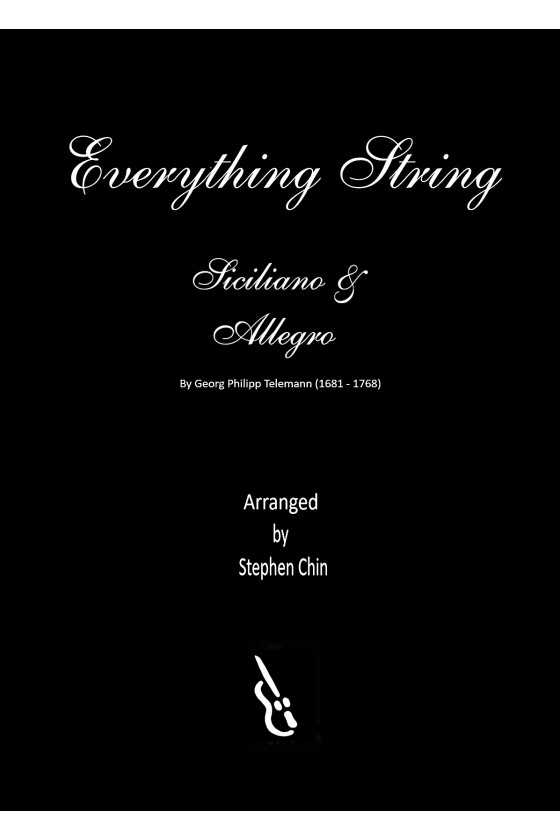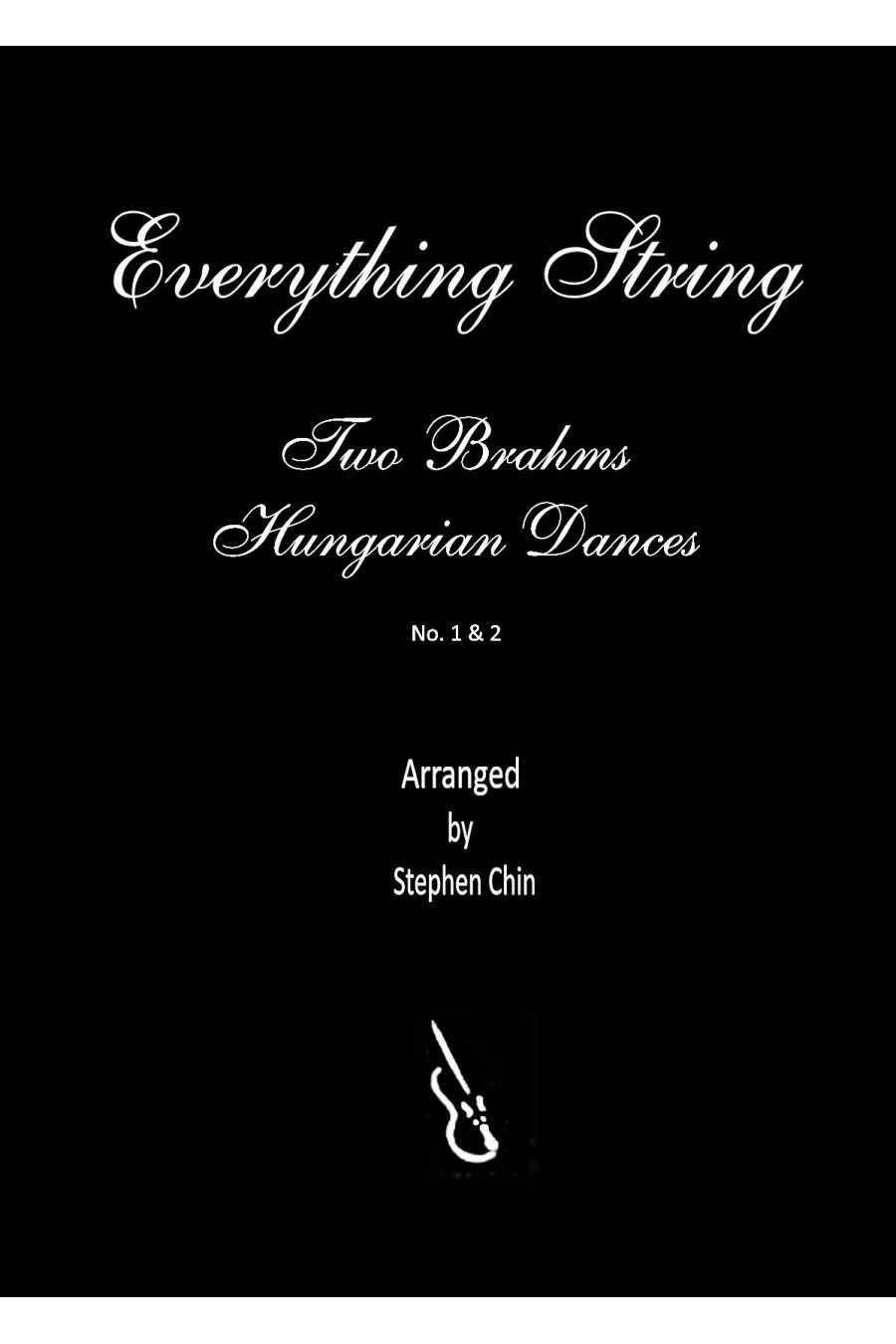
Heart In The Highlands By Stephen Chin
'Heart in The Highlands', inspired by Robert Burns, evokes Scotland's rugged beauty with pizzicato, harmonics, dotted rhythms, and drones.
Brahms adapted 21 Hungarian Dances for two pianos and later for a symphony orchestra. The 1st Dance has a brooding nature, while the 2nd Dance is characterized by wild changes in tempo and mood. Either could make a rousing finale.
1. Hungarian Dance No. 1
2. Hungarian Dance No. 2
For String Orchestra Grade 3
Brahms was inspired by the folk music of Hungary and created his own unique version of 21 Hungarian Dances, which he adapted for two pianos and later for a symphony orchestra. The 1st Dance has a dark and brooding quality that allows the ensemble to focus their bow pressure into the string, producing a rich and powerful tone that captures the essence of the Hungarian spirit. In contrast, the 2nd Dance is full of unexpected changes in tempo and mood, from frantic and frenzied to soft and lyrical. Either one of these dances would be a thrilling and unforgettable finale to any concert, leaving the audience breathless and wanting more.
1. Hungarian Dance No. 1
2. Hungarian Dance No. 2
For String Orchestra Grade 3
'Heart in The Highlands', inspired by Robert Burns, evokes Scotland's rugged beauty with pizzicato, harmonics, dotted rhythms, and drones.
Port Fairy and the Twelve Apostles are two of Australia's most scenic places. The Gentle Boats at Port Fairy plays Irish music, while Storm over the Twelve Apostles depicts the fury of Mother Nature on the stone formations by the southern coast.
An excellent piece to introduce Early Music to students. Most rhythms are simple, with some quavers in the first violin part. Improvised percussion parts can be added for authenticity.
1. La Bergamesca
2. Schiralazula Marazula
3. Minni Amor
4. Dance
5. Il Canario
For String Orchestra Grade 1
In Greek mythology, the Furies brought the dead to the Underworld and were part of the legend of Orpheus. August Nolck's piece was originally for cello but is now perfect for developing string players' timing precision. The perpetual motion promotes refined right-hand movements and offers opportunities for section solos.
For String Orchestra Grade 1.5
These booklets promote accurate intonation, a left-hand framework, and a well-projected tone. They cover up to four sharps and three flats, providing a solid diatonic foundation. When studied with etudes and pieces, they achieve tonal beauty.
For violin Level 1.5-3
"Good-bye Budapest" is a traditional Hungarian czardas-style music piece. It begins with a haunting melody and languid strings, which then transition into a joyous free-for-all with various orchestra sections taking turns. A melancholic solo violin rendition is followed by the return of the czardas in D major, culminating in a ferocious presto. The music showcases a range of emotions, from introspection to frenzied joy and melancholy to ferocity.
For String Orchestra Grade 3
After the snowy start, climbers get to work. The fast melody depicts their chiselling on an icy rock face. A calm middle section shows the view from the top before the chiselling continues down. Younger players will love this energetic piece with catchy tunes and strong harmonies.
For String Orchestra Grade 1.5
Telemann was a prolific composer, creating over 3000 works, including 100 concertos, 40 operas and numerous chamber music pieces. The Siciliano and Allegro movements from his violin sonatas showcase contrasting Baroque styles and are great for developing phrasing and articulation.
For String Orchestra Grade 3
Boxed:
Sticky Header:
Sticky Add To Cart
Sticky Footer:
Font:



